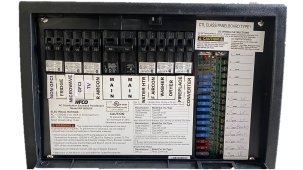LarryJForman
New Member
- Joined
- Apr 7, 2021
- Messages
- 57
Since I am going 100 percent electric, I wanted more than 30 amps and CamoGreg showed me a 50 amps splitter cable with 30 amp male connector and a 20 amp male connector. I like this as an option if the 50 amp service is not available. I will likely normally use 50 amp service, but if that is not available, it would be nice to have 30 amps plus 20 amps (or maybe 15 amps for a total of 45 or 50 amps). My question is if anyone has successfully used the Y splitter cable. The cautions and user comments are that this Y splitter setup will trip GCFI. A couple of listed cables state that as a caution and others posted negative reviews when just the cable alone was plugged in a tripped the GCFI. The comments were that it simply does not work. I hope someone has successfully gotten this approach to work. Thanks.



